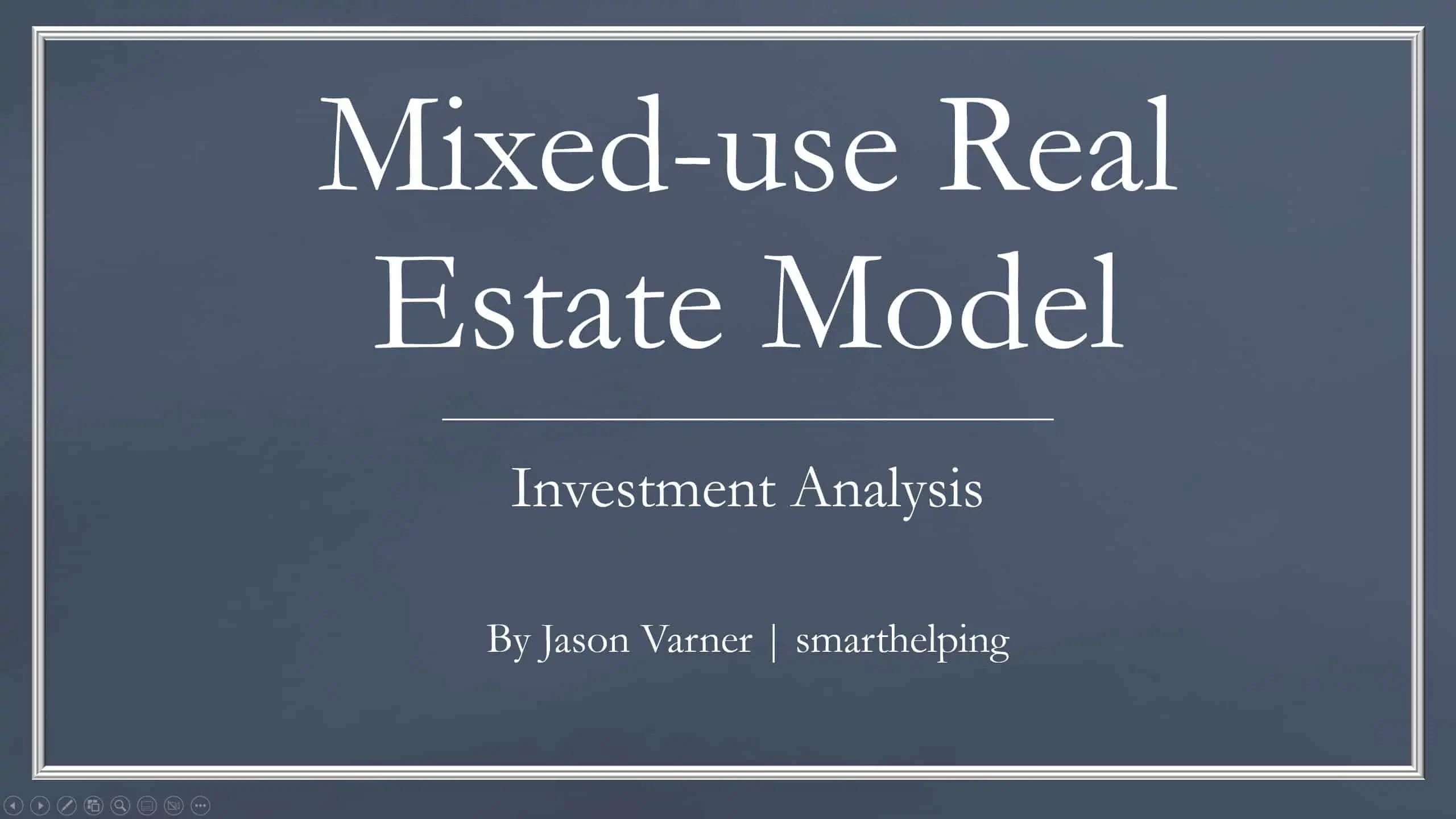House Flipping – Rehab Financial Model
The house flipping financial model is a comprehensive tool designed to analyze the financial aspects of a house flip.

The house flipping financial model is a comprehensive tool designed to analyze the financial aspects of a house flip. It incorporates key components such as purchase costs, renovation expenses, holding costs, and selling prices. This model provides a detailed understanding of the financial performance and profitability of a house flip, enabling informed decision-making, accurate budgeting, risk mitigation, and identification of profitable opportunities.
Key Components:
– Property Acquisition Costs: The model accounts for the purchase price of the property, closing costs, and any additional expenses related to acquiring the house for flipping.
– Renovation Expenses: It includes a detailed breakdown of renovation costs, such as materials, labor, permits, and contractor fees, required for property improvement.
– Holding Costs: The model factors in ongoing expenses such as property taxes, insurance, utilities, and maintenance costs during the holding period until the house is sold.
– Exit Sale and Selling Costs: the user can set the selling price along with the corresponding selling costs.
– Executive Summary: presents the most important KPIs from the model that allows the user to evaluate the flip.
Key Benefits:
– Informed Decision Making: The financial model empowers house flippers to make data-driven decisions regarding property acquisitions, renovation budgets, and pricing strategies, maximizing profitability and minimizing risks.
– Accurate Budgeting: By providing a detailed breakdown of costs and revenue projections, the model allows for precise budgeting, ensuring that expenses are properly managed and controlled.
– Risk Mitigation: The financial model helps identify potential risks and challenges in the house flipping process, enabling proactive measures to minimize risks and optimize returns on investment.
– Profitability Assessment: Through financial projections, the model enables stakeholders to assess the profitability of the house flip, identify areas for improvement, and make strategic adjustments to maximize profits.
In summary, the house flipping financial model provides a comprehensive analysis of the financial aspects of a house flip. It facilitates informed decision-making, accurate budgeting, risk mitigation, and profitability assessment, all of which contribute to the success and profitability of house-flipping ventures.
——————————————————————————————————————–
MODEL GUIDELINES
So, for a quick overview of the model, in the contents tab, you can see the structure of the model by clicking on any of the headlines to be redirected to the relevant worksheet.
On the manual tab, you can feed the general information for the model, such as: the model name, the timeline of the model, and the date and currency conventions.
Additionally, there is a description of the color coding of the model in the same tab. Inputs are always depicted with a yellow fill and blue letters, call-up (that is direct links from other cells) are filled in light blue with blue letters, while calculations are depicted with white fill and black characters.
There is also color coding for the various tabs of the model. Yellow tabs are mostly assumptions tabs, grey tabs are calculation tabs, blue tabs are outputs tabs (that is effectively results or graphs), and finally, light blue tabs are admin tabs (for example: the cover page, contents, and checks).
Moving on to the inputs tab, you can adjust the various assumptions of the model based on the specifications and requirements of your business (in yellow, whatever can be amended as an assumption).
So effectively, you can adjust a set of inputs such as property information, company information, buying costs (property purchase costs and other one-time buying costs), holding costs, and period of holding the property (property tax, utilities, insurance, homeowners association, maintenance, and other…), selling costs / exit (selling price and other one-time selling costs), repair costs (27 categories with various start dates and durations), debt financing (amount, interest, and repayment months), equity financing (own cash and investors’ cash), and sensitivities to profits and profit margins on the buying price.
On the calculation tab, all calculations are performed. The calculations follow the same logical flow as the inputs tab. As already mentioned, no inputs from the user are needed here, as all the inputs are fed in the yellow cells on the inputs tab mainly.
On the Outputs tab, everything is aggregated into a cash flow statement, together with a free cash flow on a project basis as well as on an equity basis. The same is done on a yearly basis on the next Output tab.
The most important investment metrics are presented on the ratios tab, where you will find all the relevant KPIs summarized.
Additionally, on the charts tab, a series of charts are presented: sources and uses, construction costs, revenues, expenses, profits, debt service, debt balance, debt yield, internal rate of returns, net present values, and cash on cash.
Finally, the checks tab is where the most critical checks are aggregated. Whenever you see an error message on any page, you should consult this page to see where the error is coming from.
Similar Products
Other customers were also interested in...
Construction / Development Financial Model
Development & Construction Model presents the case where a property with multiple residential un... Read more
Real Estate Financial Model Template Bundle
This Real Estate Financial Model Template Bundle is best for those who are real estate professionals... Read more
Industrial Building Development Financial Model (C...
Financial model presenting a development scenario for an Industrial Building including construction,... Read more
Public-Private Partnership (PPP) Financial Model
Financial Model presenting development and operating scenarios of various projects under a Public-Pr... Read more
Self Storage Financial Model (Construction, Operat...
Considering investing in a self-storage facility? This might be an easier way for entry-level real e... Read more
Shopping Mall Financial Model
Shopping Mall Financial Model presents the case of an investment into a shopping mall and its operat... Read more
Multi – Unit Condos Model Template
Multi-Unit Condos Model presents the business case where a property with multiple residential units ... Read more
Pre Sold Apartments Real Estate Model Template
Pre-Sold Apartments Real Estate Model presents the case where a land plot is purchased and an apartm... Read more
Real Estate Bundle 2 (6 models)
Planning to start a real estate endeavor but don’t know the financial implications of your investm... Read more
Mixed-Use Real Estate Model: Leverage / JV Options
A general real estate model to plan all assumptions for up to 7 'uses' for a given property. Include... Read more
You must log in to submit a review.
























